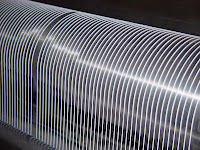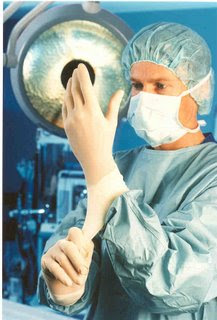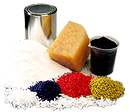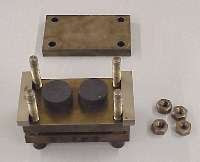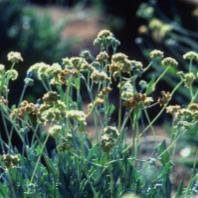Training Courses by John Woon Latex Consultants
John Woon (Senior Latex Consultant): I offer quite a varied training courses to engineers, chemists, technologists and technicians engaged in the latex and latex products industries. Among others, the following are some examples of the subjects:
1) NR latex properties (Including latex stability, importance of process controls by latex producers, how to overcome destabilization problems such coagulum, viscosity, etc)
2) Dipping Technology (Discussion covers all stages of dipping process for gloves, condoms, toy balloons, etc)
3) Faults and defect of gloves, their causes and recommended remedial actions
4) Antigen, allergen, protein
5) Milling of rubber chemicals (choice of dispersants, mechanism of grinding and selection of milling machines)
6) Nitrosamine in Rubber Products – How to overcome them?
7) Prevulcanised latex and Post-vulcanisable latex (Pros and Cons)
8) Stage-Gate Process For New Product Success (An R&D System)
9) Nitrile Latex
10) Polychloroprene Rubber
11) Adhesive technology
12) 6-Hat Thinking
For some of the PowerPoint slides I use, please visit this site http://www.slideshare.net/johnwoon/john-woons-training-slides



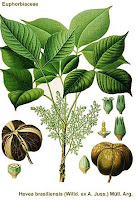

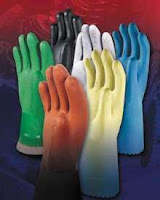




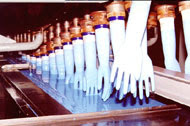



















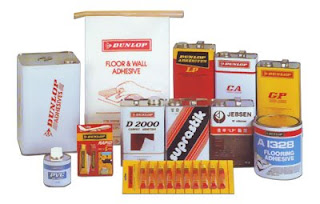
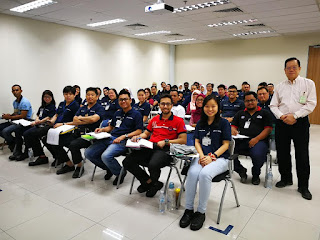

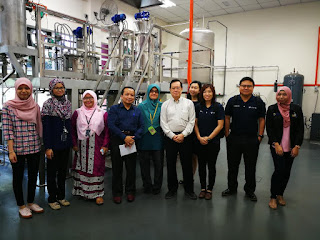






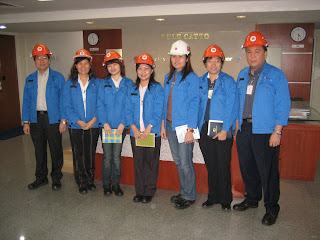
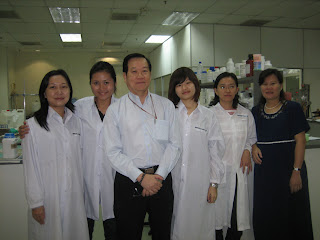
.jpg)
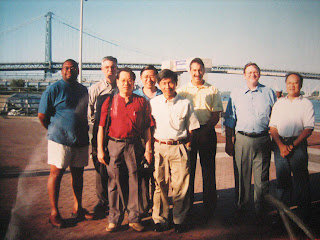.jpg)


.jpg)
.jpg)
.jpg)
.jpg)
.jpg)
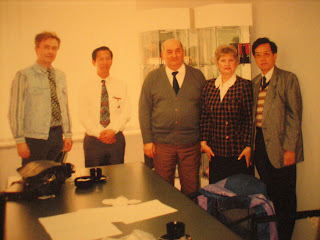.jpg)
.jpg)
.jpg)
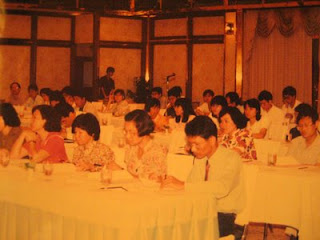.jpg)
.jpg)
.jpg)
.jpg)
.jpg)
.jpg)
.jpg)
.jpg)
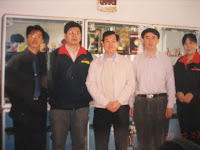.jpg)
.jpg)






